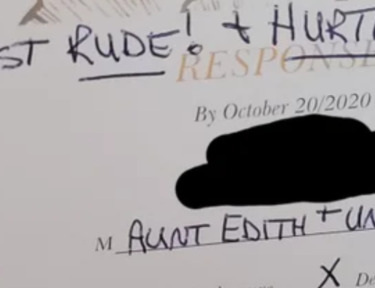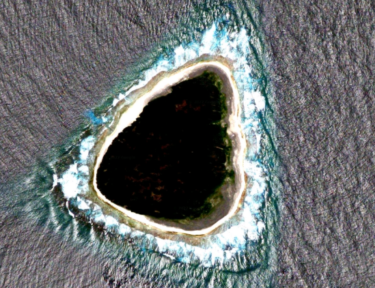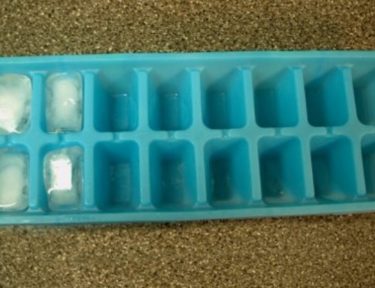What to Do If You’re Stung By a Jellyfish This Summer
Heading to the beach this summer? It’s one of our favorite things to do when the weather gets warm too! But while the beach can be a blast, it can also be grounds for some dangerous things. Rip currents, shark attacks, and, one critical situation: jellyfish stings.
Approximately 150 million people in the world are exposed to jellyfish each year. These creatures are located in every ocean, and even in some freshwater lakes and ponds. Baby jellyfish can be as small as a coin, but some of the larger ones could span eight feet in diameter with 200-foot tentacles. Holy jellyfish!
Jellyfish have cells called cnidoblasts that hold something called nematocysts. Each nematocyst contains a coiled stinging thread. When you get too close to a jellyfish, its tentacles can get tangles around you, causing pressure inside the nematocysts to build up, which causes the stinging. And boy can they hurt.
How to help a jellyfish sting
While you might’ve heard or seen movies or TV shows that say urine helps jellyfish stings, there’s actually no evidence that proves this to be true. In fact, some experts go as far to say that urine is completely ineffective when it comes to a jellyfish sting. So if you get stung and then have your friend come pee on you, unfortunately you’re just going to be covered in urine and still in stinging pain (and look kind of like a weirdo, TBH).
First things first: Call for medical assistance. They’ll be able to help you the most. If you’re in an area where you can’t reach a professional, keep the follwing tips in mind.
One of the best things you can do if you get stung is to get out of the water immediately and rinse out the affected area with the salty ocean water, which can counteract the pain. Tap water can actually reactivate jellyfish stinging cells, so salt water is the best to use.
If you happen to have vinegar handy, this is another trick to help treat the sting. Like ocean water, vinegar can help protect the infected area. Just make sure you’re not putting too much pressure when treating the infected spot, which can make the pain even worse.
Additionally, you’ll also want to get rid of any visible tentacles after you get stung. You can use tweezers to pluck them out, or even try to squeeze them out using some kind of sharp, hard surface like a credit card.
You’ll also want to soak the affected area in some hot water (somewhere between 105-115 degrees Fahrenheit (hot, but not scalding). Let it soak or rinse off in a shower for 20-45 minutes.
Lastly, be sure to grab an antihistamine or steroid cream from a local health store to help with the pain and healing process. If you see a doctor for the sting, they’ll likely be able to prescribe one to help.
We hope you never have to use these tips, but they’re good to keep in your back pocket in the unfortunate event you get stung.
Have you ever had a jellyfish sting you before? If so, what did you do to help?




